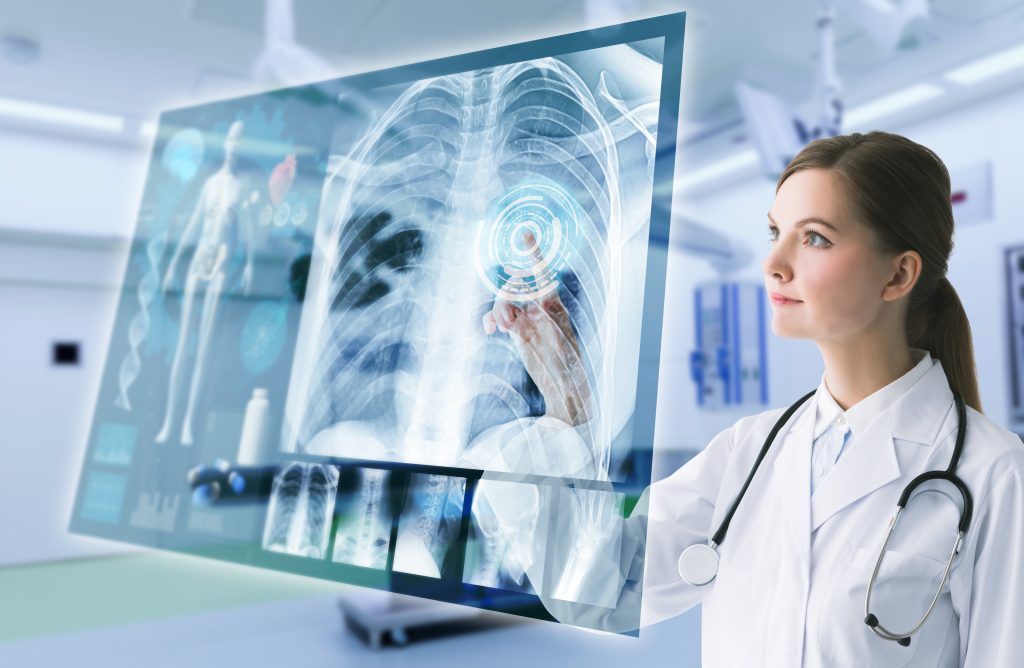
Today’s almost daily announcements of advances in personalized and digital healthcare solutions have everyone clamoring to get these breakthrough, life-altering, and sometimes lifesaving innovations to patients as quickly as possible.
The U.S. Food and Drug Administration has taken note: its Breakthrough Devices Program is designed to speed the development, assessment, and review of medical devices which deliver more effective treatment or diagnostics for diseases or conditions that are irreversibly debilitating or threaten life. To qualify, a manufacturer needs its device to meet one of four additional criteria—it represents breakthrough technology, no approved or cleared alternatives exist, it offers significant advantages over existing approved or cleared alternatives, and device availability is in the best interest of patients.
The collaborative program lets innovators conduct “sprint” discussions with the FDA to deal with issues that need quick resolution, like clinical testing protocols. Manufacturers can interact with FDA experts to “address topics as they arise during the premarket review phase, which can help manufacturers receive feedback from the FDA and identify areas of agreement in a timely way,” the FDA states.
This makes it vital that medical device manufacturers use digital health solutions—the indispensable enablers of speedy, shared access to research and clinical trial data during the back-and-forth “sprints” with the FDA. These solutions include a digital collaboration and innovation platform, simulation, virtual trials, and fast-flowing clinical data streams to gather real-world evidence so machine learning can uncover patterns, make predictions, and prescribe actions.

The Breakthrough Devices Program replaces an earlier program for medical devices, the Expedited Access Pathway (the FDA grandfathered in devices granted that designation). For example, the Agency previously approved a fast-track pathway for a portable dialysis wearable for people with kidney disease. This helped the inventor and his team at Cedars-Sinai Medical Center in Los Angeles, after a successful clinical trial, to leapfrog two of the four remaining trials and close in on realizing the fruition of their development efforts for a wearable artificial kidney (WAK).
The WAK was invented by Cedars-Sinai nephrologist Victor Gura, MD, FASN. The miniaturized device, worn on a belt, lets patients undergo dialysis while walking or working. The battery-powered, mini-dialysis machine weighs two pounds—compared to a standard dialysis machine that comes in at more than 300 pounds—and can be worn 24/7 so patients can resume their normal day-to-day routines.
“The data provides proof of concept that the WAK is an effective and safe dialysis device that will greatly improve quality of life for ESRD [end-stage renal disease] patients,” said Dr. Gura. “The results suggest that the WAK has the potential to reduce patient mortality and cut the exorbitant cost of treating kidney failure.”
It’s a remarkable step forward from Willem Johan Kolff’s first working dialyzer, built in 1943. The FDA’s Breakthrough Devices Program is representative of a product maker, medical provider, regulatory body, and societal consensus that, where responsibly possible, should quicken the development of medical devices that patients desperately need.
Editor’s Note: Interested in hearing from industry experts on transforming the patient experience? Register here for the 3DEXPERIENCE FORUM 2019, taking place May 13-16 at Caesars Palace, Las Vegas.
